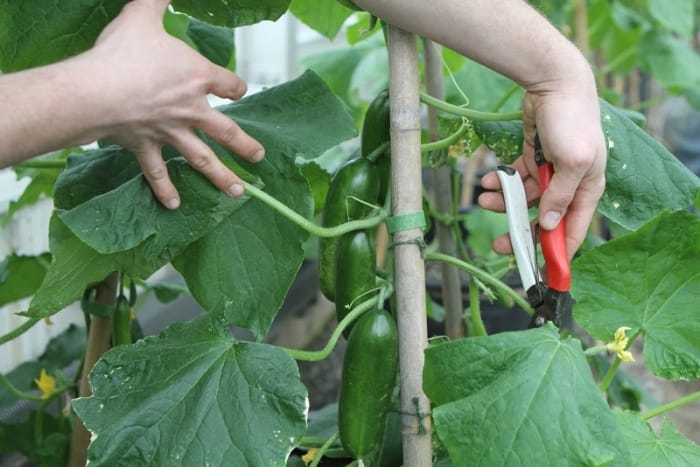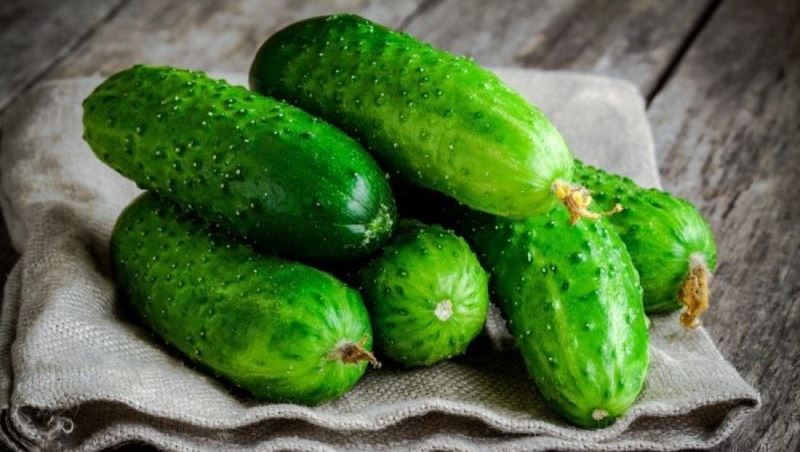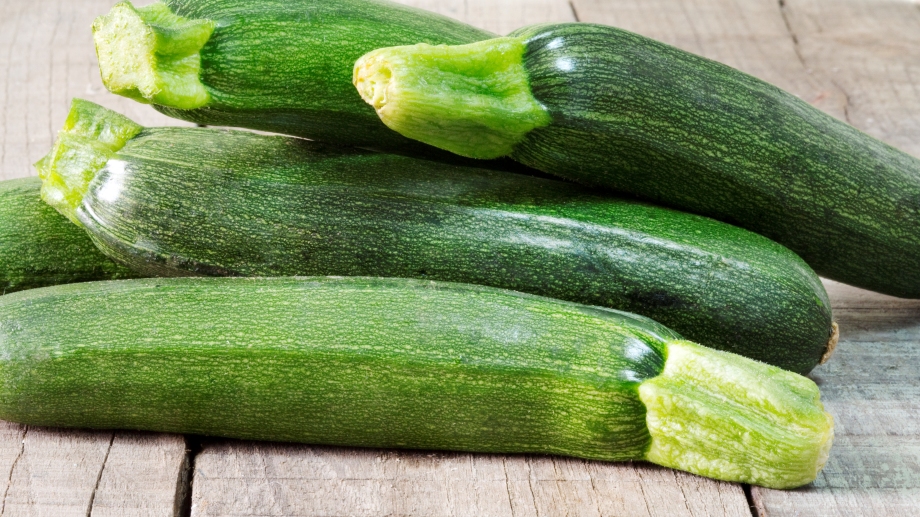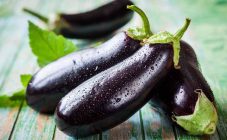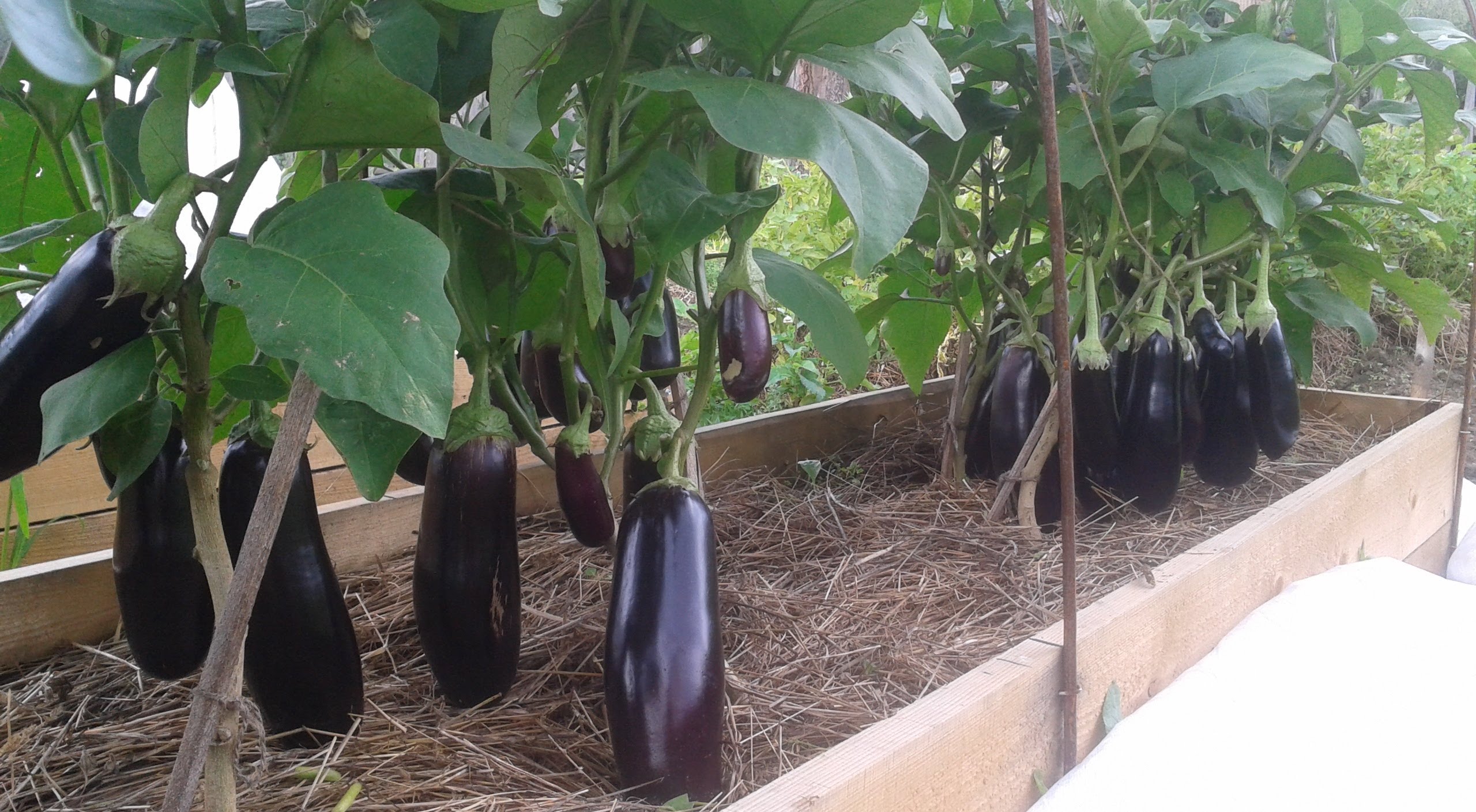Content:
Cucumber is one of the most common crops in summer cottages. Unlike tomatoes, this is a less heat-loving crop and very moisture-loving. It is not for nothing that its homeland is the tropical regions of India, where even in our time it grows wild. In Russia, the vegetable is very popular - it improves appetite, helps to absorb fats and proteins, and also helps to improve metabolism. In addition, cucumbers contain almost no calories, so nutritionists recommend that they be consumed by overweight people.
general information
Cucumber is an annual from the Pumpkin family. Typically, plants have long stems, with the exception of some bush varieties and hybrids. Their root system has a pivotal appearance, the roots can go 120 centimeters into the soil.
Flowers are divided into female and male. Recently, however, amateur gardeners and farmers have almost abandoned bee-pollinated varieties and switched to hybrids that have mainly female flowers and give good yields both in protected and in open ground. Moreover, the fruits themselves in plants are of three types:
- zelentsy (from 9 to 30 centimeters),
- gherkins (5 to 9 centimeters),
- pickles (up to 5 centimeters).
To get a good harvest, you should provide cucumbers with the conditions they need.
Cucumbers: sowing and care in the seedling stage
Cucumbers are grown in seedling and seedling methods. Seedlings of cucumbers are grown mainly for an earlier harvest and in the northern regions. This should be done at home.
The seeds are sown in 0.5 liter containers, which are filled with good soil. It is best to use humus or peat. If this is not the case, you can purchase ready-made universal soil or soil specifically for cucumbers.
Before sowing, the seeds are treated with a weak solution of potassium permanganate. After that, they should be soaked in warm clean water for 20 minutes.
It is better to sow 2 seeds in each pot. If both come up, the weaker one must be removed. After planting, the pots can be placed on the windowsill, and during the day they can be taken out onto a warm balcony. As a rule, cucumber seeds germinate in 5-7 days.
Many summer residents plant cucumbers directly in greenhouses, polycarbonate greenhouses or seed beds. This process is much easier than growing through seedlings, however, the harvest will be obtained later. It is better to plant two seeds in each hole, leaving one strong plant in the end. The holes are made at a distance of 30-50 centimeters. But between the beds, it is advisable to leave borders of 90-100 centimeters. So it will be easier to care for the plants and collect the greens.
The soil in the beds for cucumbers should be fertile. It is better to prepare it in the fall and add 2-3 buckets of compost or humus, ash, nitrogen and phosphorus-potassium fertilizers for each square meter of land. If it was not possible to prepare the beds in the fall, it can be done in the spring, but at least a week before planting seedlings or seed.
After planting young plants, it is better to cover the beds for a while with covering material.
How to care for cucumbers
Cucumbers are demanding plants, but if done right and on time, caring for them is not at all as difficult as it seems. Basically, outdoor care for cucumbers is reduced to weeding, watering and feeding.
The first feeding of plants is given 5-7 days after planting seedlings in open ground or when 1-2 true leaves appeared in young cucumbers (not to be confused with cotyledons). Cucumbers require a lot of nitrogen before flowering and beginning to bear fruit. Therefore, the first feeding should be nitrogen. This is either an infusion of mullein (1 in 10) or bird droppings (1 in 15). You can also use herbal infusion (1 in 10). You can replace these fertilizers with ammonium nitrate (2 tablespoons per 10 liters of water). Each bush requires 1.5-2 liters of solution, however, before fertilizing, the soil should be shed abundantly so that all the nutrients go to the roots.
When the cucumbers bloom and enter the fruiting phase, nitrogen fertilization is stopped and replaced with phosphorus-potassium (50 g per 10 liters of water). During the active phase of fruiting, the amount of phosphorus-potassium fertilizers can be increased to 60 g per bucket of water.
Most varieties of cucumbers need a garter. To do this, install special supports and trellises, pull the mesh. For a garter of plants, it is better to use a twine twisted into a figure eight. One end of it is tied to a trellis, and a plant is tied to the other at the base. In the process of growth, the upper part of the plant is gently pushed into the twine and directed upwards.
New parthenocarpic cucumber hybrids do not need to be formed. However, older varieties won't bear fruit until pinching is done. It is usually done over 5-6 sheets. After that, lateral shoots begin to grow from the axils of the leaves, on which a large number of fruits are formed. Lateral shoots should never be pinned.
Cucumbers often infect aphids and spider mites. The biological preparation Fitoverm helps to cure already diseased plants. It is bred according to the instructions on the package, and then the plants are sprayed with the solution over the leaves and stems. It is also recommended to spray both the soil under and around the plants. As a rule, for the treatment of diseases, two treatments must be performed during the summer with an interval of 15 days. In addition, this remedy is also suitable as a prophylaxis, after processing cucumbers will be more resistant to damage by spider mites and aphids. It should be noted that the fruits can be plucked and eaten within two days after spraying.
Caring for cucumbers necessarily includes watering, as these plants love water. They need to be watered much more often than tomatoes - every other day. In hot weather, watering is recommended to be carried out every day. If the plants do not have enough water, the greens will be bitter and ugly in shape.
Cucumbers are very delicate plants. They do not like the wind, especially the cold north wind. In this regard, it is better to grow them in areas protected from cold winds. If there is no such place at the dacha, you can plant corn next to the plantings. It grows rapidly and reaches a height of 1.5-2, or even more meters.
In addition, cucumbers will use corn as a support and curl upward instead of special trellises.
Do I need to huddle cucumbers
Many novice gardeners are interested in the question: is it possible to spud cucumbers? Instead of hilling cucumbers, loosening the soil is recommended. Moreover, this must be done after each watering or rain. It is necessary to loosen it to a depth of 4-6 centimeters.
Important! It is impossible to loosen the soil deeply, otherwise you can damage the roots, which ultimately will have a bad effect on the development of plants. / Alert]
Plants need to be moved away, loosened up the ground, and then return the whips to the place where they lay.Otherwise, the plants will feel discomfort and will adapt to the new place and position for some time. After loosening, it is recommended to mulch the soil. This will keep moisture in the soil much longer. It is best to mulch the plants with humus or compost - this will also provide additional nutrition for demanding cucumbers.
If humus or compost is not available, sawdust and even newspapers can be used. All of these are excellent mulch.
Experienced summer residents also recommend growing not one variety or hybrid, but several at once, and it is good if they all grow together in the same garden. Thus, the plants will be pollinated and the yield will increase. But the ovaries in the first axils of plants are best removed. They fill up for a very long time (up to two weeks). As a result, the harvest of cucumbers is postponed for a fairly long period. Although if you remove the first cucumbers on the bushes while still in the state of embryos, the rest of the cucumbers will grow faster and give a harvest much earlier.
If only bee-pollinated varieties of cucumbers are planted, you need to attract insects to the beds. To do this, you can plant flowers next to the beds, spray them with honey or syrup. However, you should not be limited to some bee-pollinated varieties. You need to constantly experiment and try different varieties and hybrids. As a result, in a few years, you can choose for yourself those varieties that not only grow well and bear fruit in this area, but will also satisfy the taste.
Having figured out what conditions cucumbers require and how to care for them, you can harvest good harvests every year.
